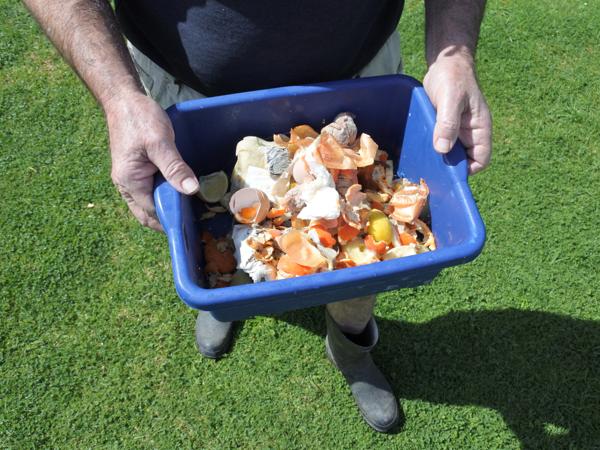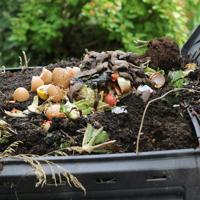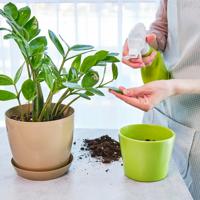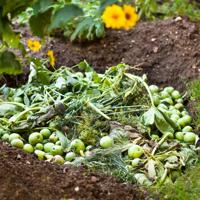In the pursuit of a sustainable gardening practice, conserving water is a central tenet that cannot be overlooked. One effective method to achieve this is by repurposing greywater in your garden. Greywater refers to the relatively clean waste water from baths, sinks, washing machines, and other kitchen appliances. Utilizing greywater can significantly reduce your household’s water demand and contribute to a healthier eco-system.
Understanding Greywater
Before considering greywater use, it’s essential to understand what it is and where it originates. Greywater excludes blackwater, which is waste water from toilets. While greywater may contain traces of dirt, food, grease, hair, and certain cleaning products, it is generally safe for non-edible plants.
Basics of Greywater Usage
The key to utilizing greywater effectively lies in proper collection and application. Greywater systems can be simple or complex, ranging from manually bucketing bathwater to fully automated systems that divert water from your home to the garden.
A Manual Approach:
-
Bucket Method: Collect water from baths or rinse water from washing machines. This method is straightforward and involves minimal setup.
-
Direct Application: Pour on non-edible gardens to avoid any potential health risks.
Systematic Approach:
-
Laundry-to-Landscape System: This system uses washing machine water and is relatively simple and budget-friendly.
-
Diverter Valves: These allow the redirection of greywater to your landscape via plumbing.
Plants Suitable for Greywater
When choosing plants for your greywater garden, opt for those that can tolerate slightly soapy water. Here are some examples:
-
Ornamental Plants: Lavenders, geraniums, and roses tend to respond well to greywater.
-
Trees and Shrubs: Citrus, olive trees, and many shrubs are often seen thriving with greywater irrigation.
Avoid using greywater on root vegetables or directly on any part of plants that will be eaten raw.
Safe Practices
Safety should be your priority when using greywater. Here are practical tips to ensure you are using greywater responsibly:
-
Biodegradable Products: Use eco-friendly soaps and laundry detergents to minimize chemical exposure.
-
Avoid Storage: Greywater should not be stored for more than 24 hours, as it can harbor bacteria.
-
Regular System Maintenance: Keep an eye on pipes and filters to prevent clogs and buildup.
Legal Considerations
Greywater use might be regulated depending on your location. It is essential to check local guidelines and restrictions. Some regions may require permits, while others have specific systems or standards to follow.
Personal Journey
On my journey towards sustainable living, adopting a greywater system was gradual. At first, I used the bucket method, collecting run-off water from our sink. This small step surprisingly covered a good portion of our garden’s needs. Eventually, we invested in a laundry-to-landscape system, which simplified our routine and allowed us more time to focus on nurturing our plants.
Research and Resources
For those interested in delving deeper, organizations like Greywater Action and reports by The Environmental Protection Agency provide comprehensive insights into greywater systems and safety.
Using greywater can be a gentle yet impactful way to contribute to water conservation efforts. Carefully integrating it into your gardening practices not only helps reduce environmental impact but can also foster a more sustainable lifestyle.




